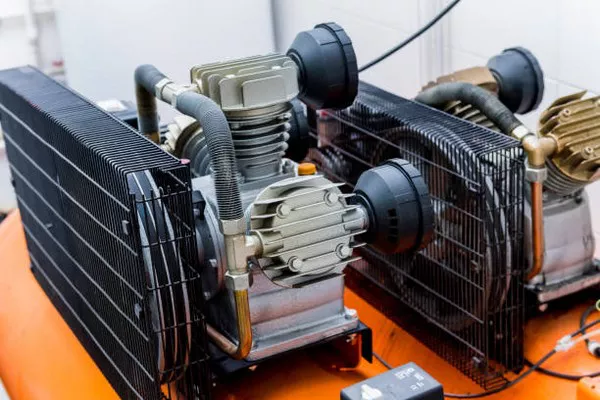A 500-watt generator is a versatile tool for providing portable power, but understanding its capabilities is crucial for efficient use. Whether for camping, emergency backup, or powering small appliances, knowing what a 500-watt generator can run helps you maximize its utility. This article will explore the types of devices and appliances a 500-watt generator can support, factors influencing power consumption, and tips for using your generator effectively.
Understanding Generator Power
What is a Watt?
A watt (W) is a unit of power that measures how much electricity an appliance consumes or a generator produces. In terms of generators, the wattage indicates how much power you can draw from it.
The Difference Between Running and Starting Watts
When using a generator, it’s essential to distinguish between running watts and starting watts:
Running Watts: This is the continuous power required to keep an appliance operating.
Starting Watts: Some appliances require more power to start than to run. This surge lasts only a few seconds.
For a 500-watt generator, you need to consider both these wattages to determine what appliances it can handle.
What Can a 500 Watt Generator Run?
Small Appliances
A 500-watt generator can run a variety of small household appliances, making it ideal for camping or as a backup power source during outages. Here’s a list of common items:
Lights: LED bulbs typically consume about 10 watts each. A 500-watt generator can power approximately 50 LED lights simultaneously.
Fans: A standard box fan uses around 50-100 watts, allowing you to run multiple fans to stay cool.
Laptop: Most laptops consume between 30-100 watts, making it easy to keep your devices charged.
Television: A small LED TV (about 32 inches) usually runs on 50-100 watts, perfect for entertainment during power outages.
Small Refrigerators: A compact fridge may require about 100-200 watts, but check the model’s specifications to ensure compatibility.
Kitchen Appliances
While many kitchen appliances demand higher wattage, a 500-watt generator can still support some:
Microwave Oven: Smaller microwaves (about 600-700 watts) may be too much for a 500-watt generator. However, you can find lower-wattage models that fit.
Coffee Maker: Most drip coffee makers require 600-800 watts, but single-serve coffee makers typically use around 300-500 watts, making them feasible for a 500-watt generator.
Toaster: A basic toaster may consume about 800 watts, but some small models are within the range.
Tools and Equipment
For DIY enthusiasts, a 500-watt generator can power some hand tools:
Drills: Cordless drills usually consume about 300 watts, allowing you to run several charging devices.
Saws: Small jigsaws or reciprocating saws can operate within the 500-watt limit.
Air Compressors: Smaller models typically require 300-500 watts, suitable for inflating tires or powering pneumatic tools.
Outdoor Equipment
If you enjoy camping or outdoor activities, a 500-watt generator can also support:
Portable Speakers: Bluetooth speakers usually consume around 10-30 watts, perfect for enhancing your outdoor experience.
Camping Lights: Rechargeable lanterns and string lights are easy to power.
Electric Coolers: Many electric coolers use less than 100 watts, keeping your food and drinks cool.
Factors Influencing Power Consumption
Appliance Efficiency
The energy efficiency of appliances varies significantly. Energy-efficient models consume less power, allowing more devices to run simultaneously on a 500-watt generator.
Continuous vs. Surge Power
As mentioned, some appliances require higher starting watts. Ensure your generator can handle these surges, especially when powering multiple devices.
Total Load Calculation
When determining what to run, always calculate the total load. For instance, if you use a 100-watt light and a 150-watt fan, you’ll consume 250 watts, leaving you with 250 watts for additional devices.
Tips for Using a 500 Watt Generator
Prioritize Essential Appliances
In emergencies, prioritize running essential devices like lights, a fridge, or communication devices over non-essential items.
Use Energy-Efficient Devices
Invest in energy-efficient appliances and tools to maximize your generator’s output.
Regular Maintenance
Keep your generator in good condition. Regular maintenance ensures reliable performance and extends its lifespan.
Understand Your Generator’s Limitations
Be mindful of the generator’s limits. Overloading it can lead to damage or even safety hazards.
Conclusion
A 500-watt generator offers a range of possibilities for powering essential devices during camping trips, power outages, or when working on projects. By understanding what it can run, prioritizing energy-efficient appliances, and being aware of wattage requirements, you can make the most of your generator. Whether you’re looking to keep your lights on or charge your laptop, a 500-watt generator can be a valuable tool in your power arsenal.
Related topics:

